
While a party with Peperomia is great, a party with Pilea just for funsies is great too. I’m not just talking about Pilea peperomioides, the Regina George of the Pilea genus, but all those other Pilea varieties often overlooked.
So, let’s party.
Pileas are yet another amazing pet friendly plant family. What’s funny about Pilea is most varieties look very, very different from each other. When I began to look beyond Pilea peperomioides, I realized there are many Pilea everywhere, you just don’t think of them as Pilea. They just don’t look like their other family members. If anything, some Pilea look like Peperomia and that’s just silly.
These little plants come in many varieties and, to me, that’s the fun part about collecting Pilea. Some are metallic, some have super weird leaves, and some look like boring houseplants.
Pilea Varieties
Chinese Money Plant (Pilea peperomioides)
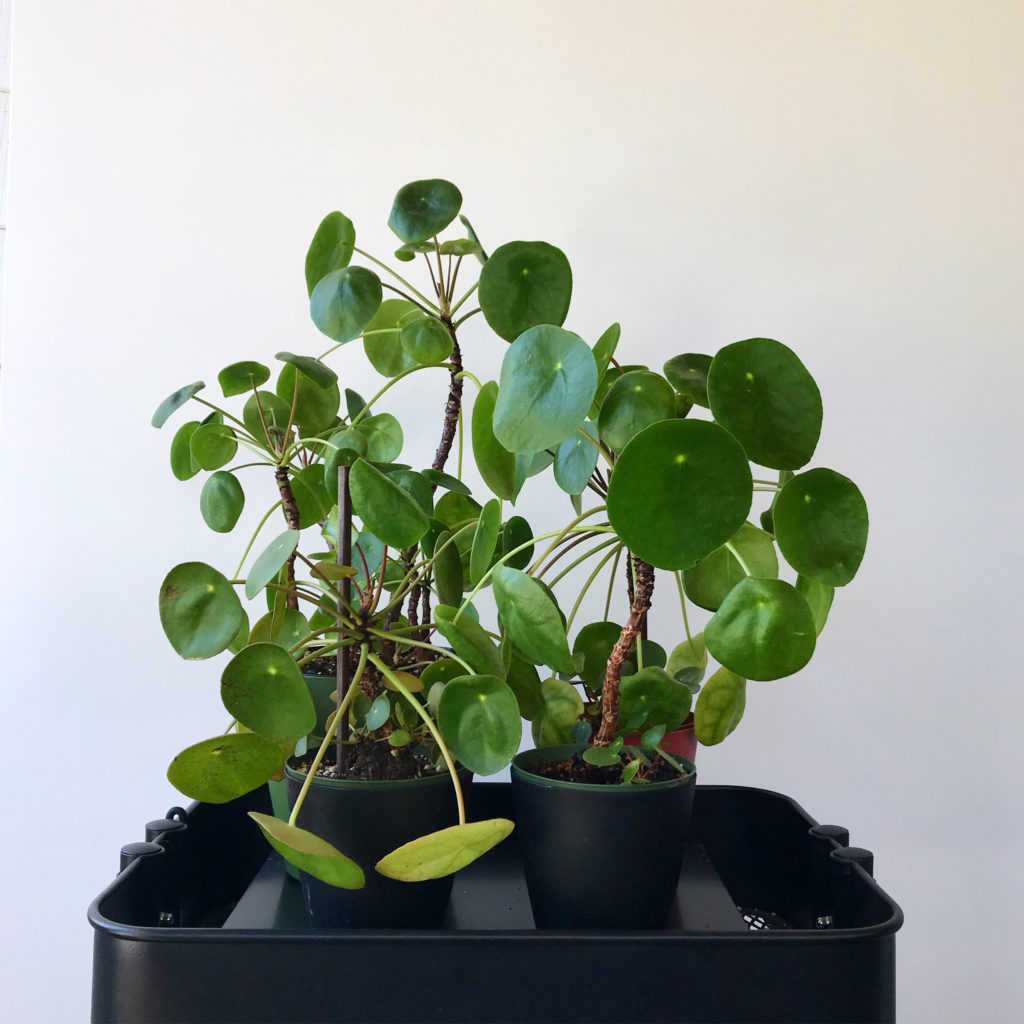
Pilea Aquamarine (Pilea glauca aquamarine)
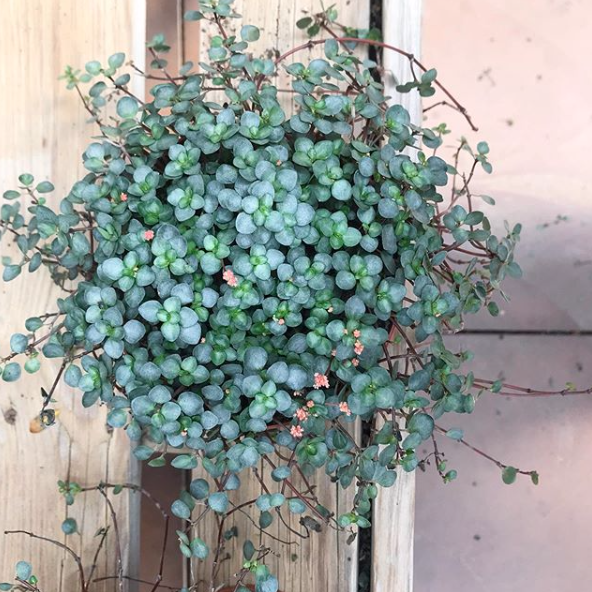
Baby Tears Pilea (Pilea glauca)
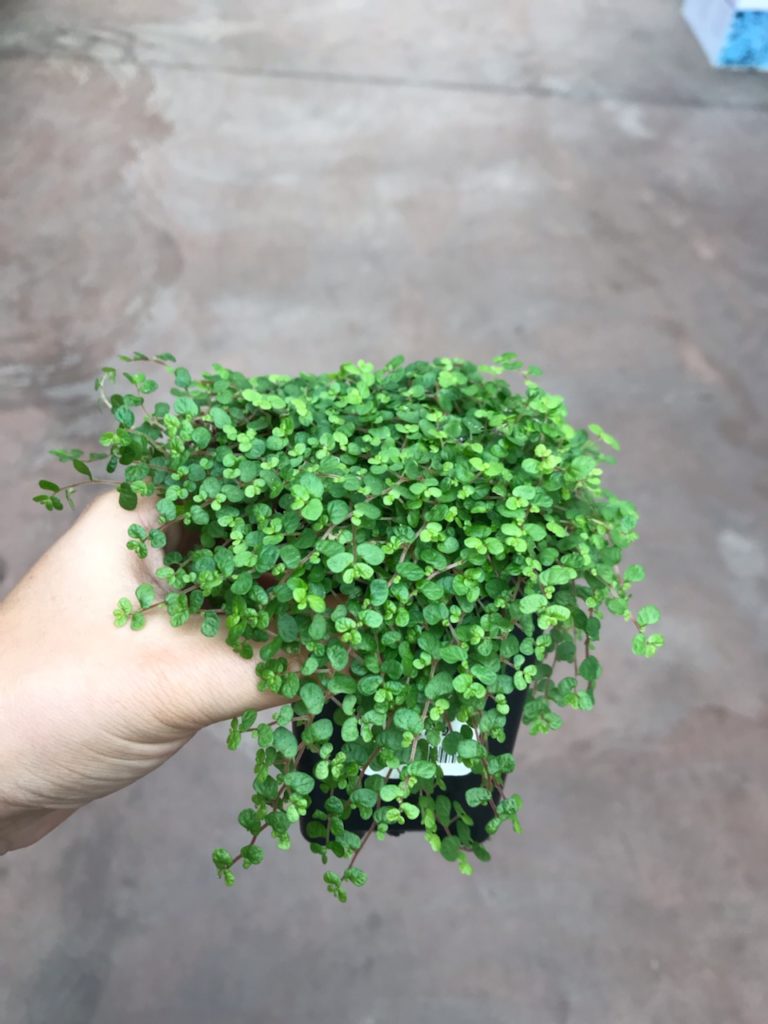
Aluminum Plant (Pilea cadierei)
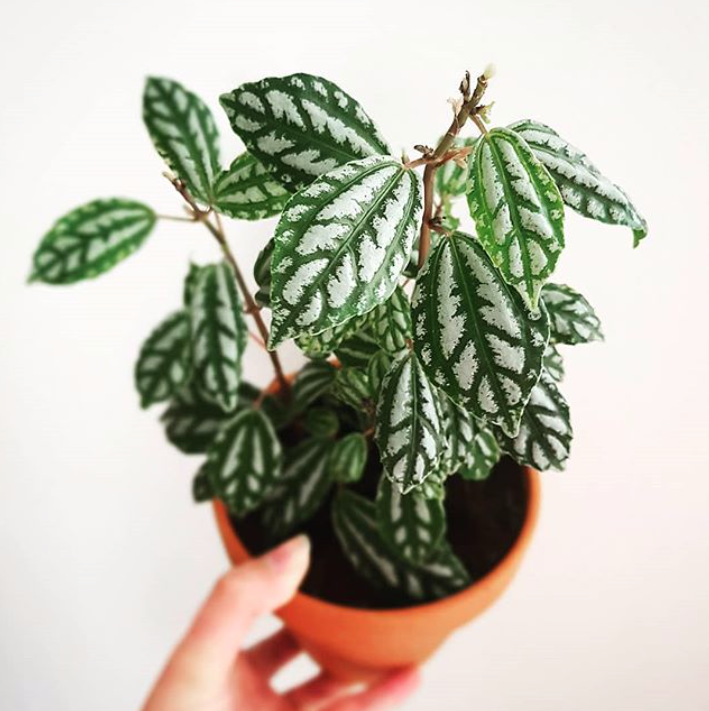
Pilea ‘Dark Mystery’
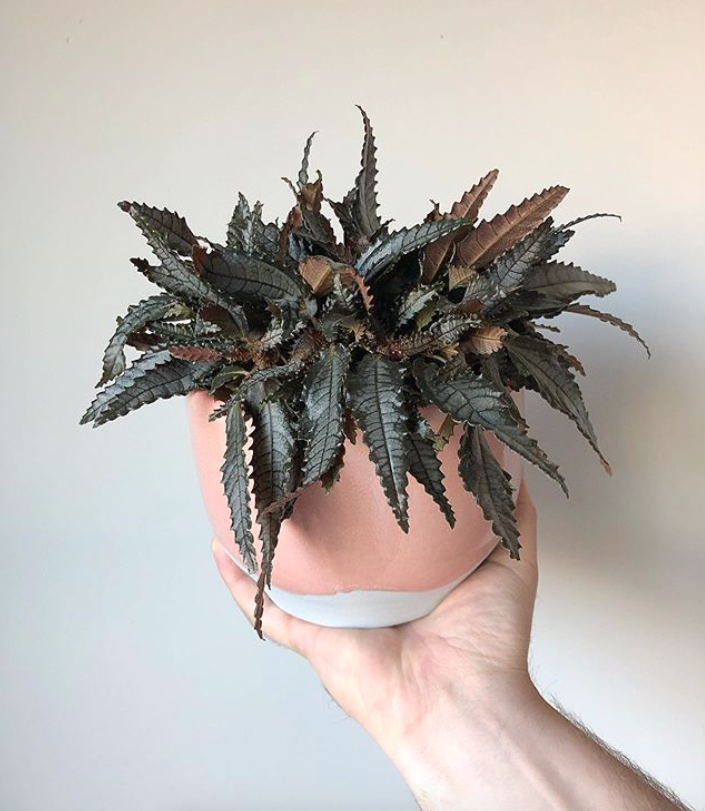
Moon Valley Pilea (Pilea involucrata)
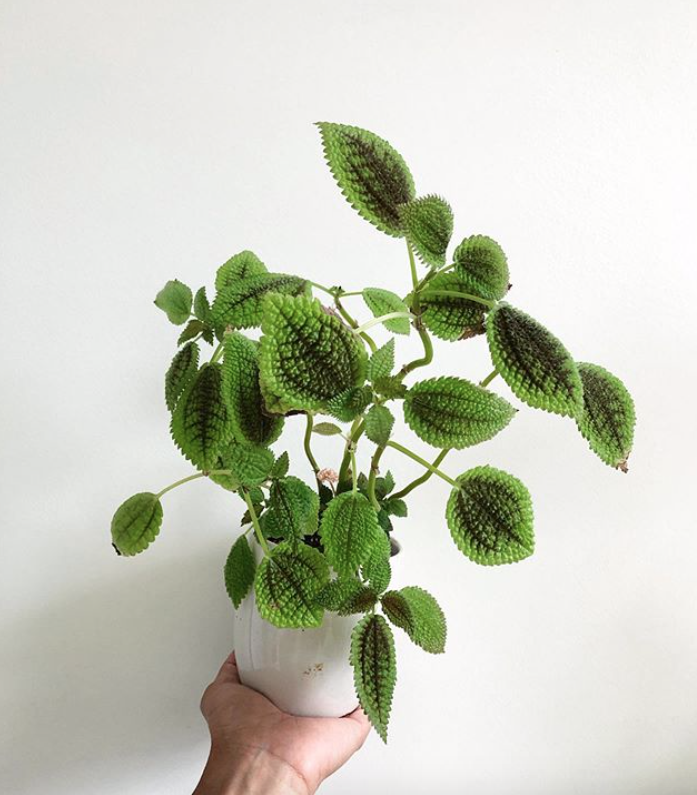
Norfolk Friendship Plant (Pilea spruceana)
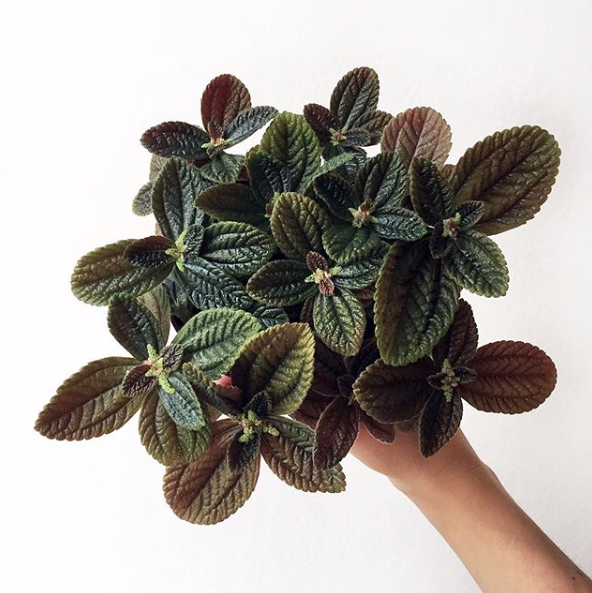
Silver Tree (Pilea spruceana ‘Silver Tree’)
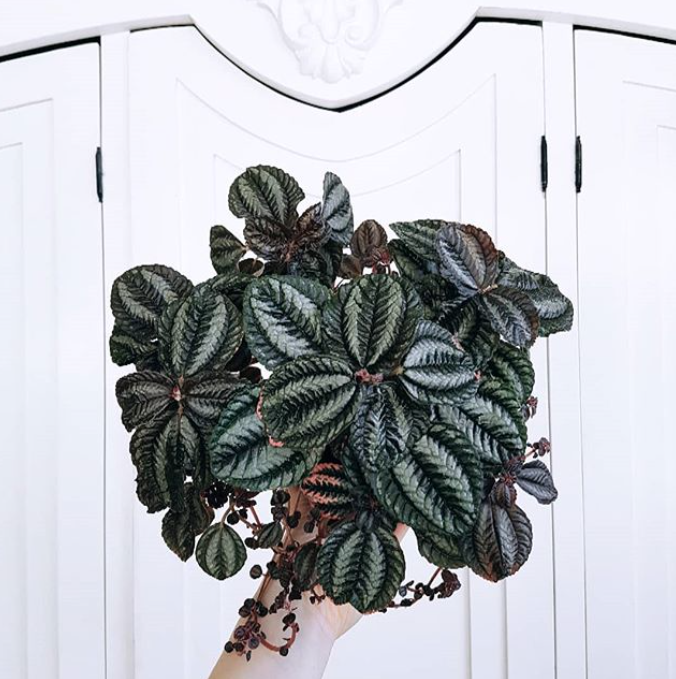
Basic Care
On a scale of Sansevieria (1) to Maidenhair Fern (10, also the worst), I give all Pilea a 5. Pretty hands-off plants, their care is similar across the genus, but you need to know a few things so they don’t get sad.
Light
I don’t like to generalize, but all Pilea varieties do like similar light levels. The key is bright, indirect light. What does this mean exactly? A few feet from a bright window works best. Placing in harsh, hot sun will basically melt them and they don’t grow at all in low light (read: dark corner) conditions.
Watering
These bushy plants like their homes to be kept moist. Personally, I veer from using terracotta when replanting (it dries them out) and keep soil ever-so-slightly moist at all times. When I water, I do a thorough watering, making sure the soil is saturated and is running out of the bottom of the planter. Never let these sit in standing water, they’ll rot.
Soil Type
Speaking of soil, I like to use a well-draining mix of perlite and good indoor potting mix, about 1/2 of each.
Humidity
Pilea do fancy some humidity. Decent humidity will keep their leaves plush and not crispy. Running a humidifier during winter and dry heat spells will do the trick. Pilea glauca is the only Pilea that would benefit from higher humidty (they like terrariums) but is fine normal humidity.
Appearance
Pilea should be relatively bushy, especially Pilea spruceana. They stay pretty petite despite pumping out leaves like a boss when they’re happy. The only exception is Pilea peperomioides, who do grow vertically and tree-like as they mature.
Toxicity
Like I mention above, Pilea varieties are non toxic to cats and dogs, but still be mindful and keep an eye on your pets. If any leaves do get damaged, pillaged or eaten, it’s best to trim them off.
Pilea glauca may be the only enticing Pilea to cats – I may or may not know from experience that, because it trails and is stringy, it’s therefore very enticing. Cats are the worst.
Some great places to buy Pilea online are Steve’s Leaves, Etsy, Pilea.com, and on Amazon.

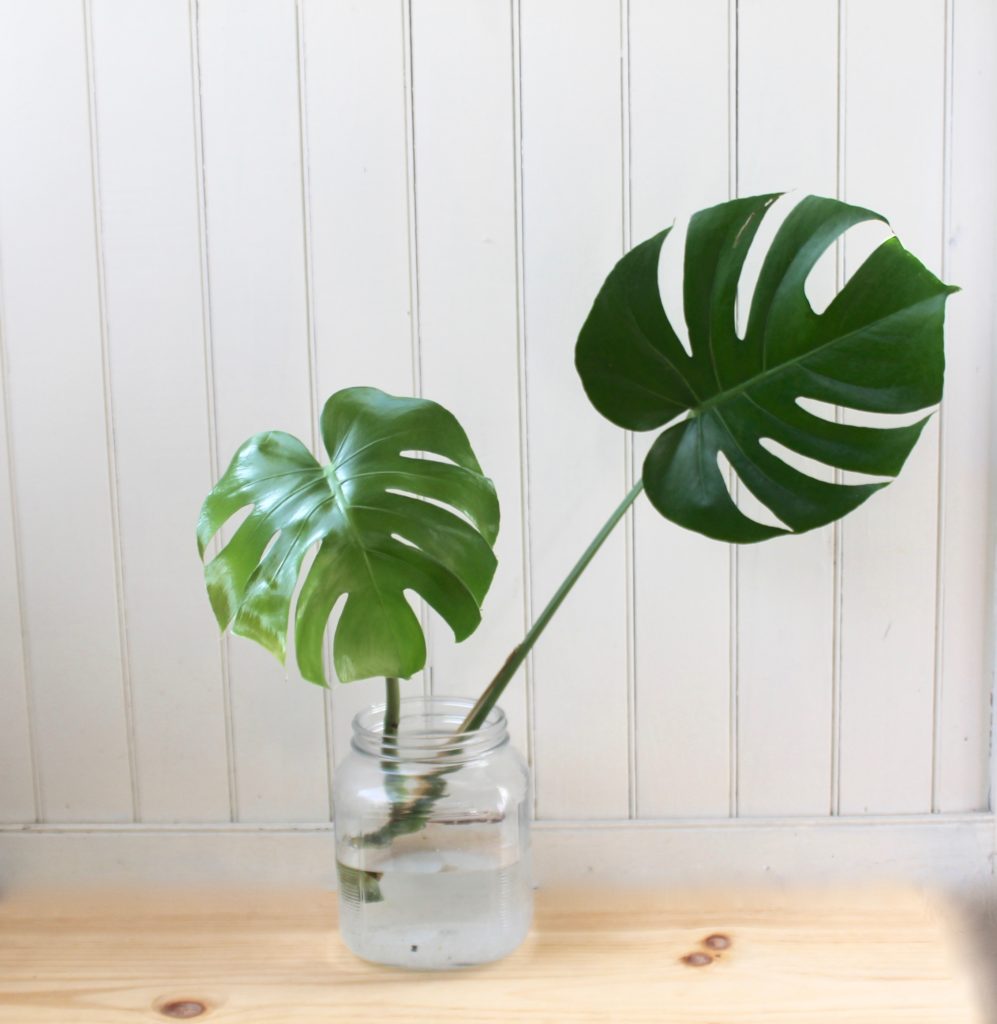
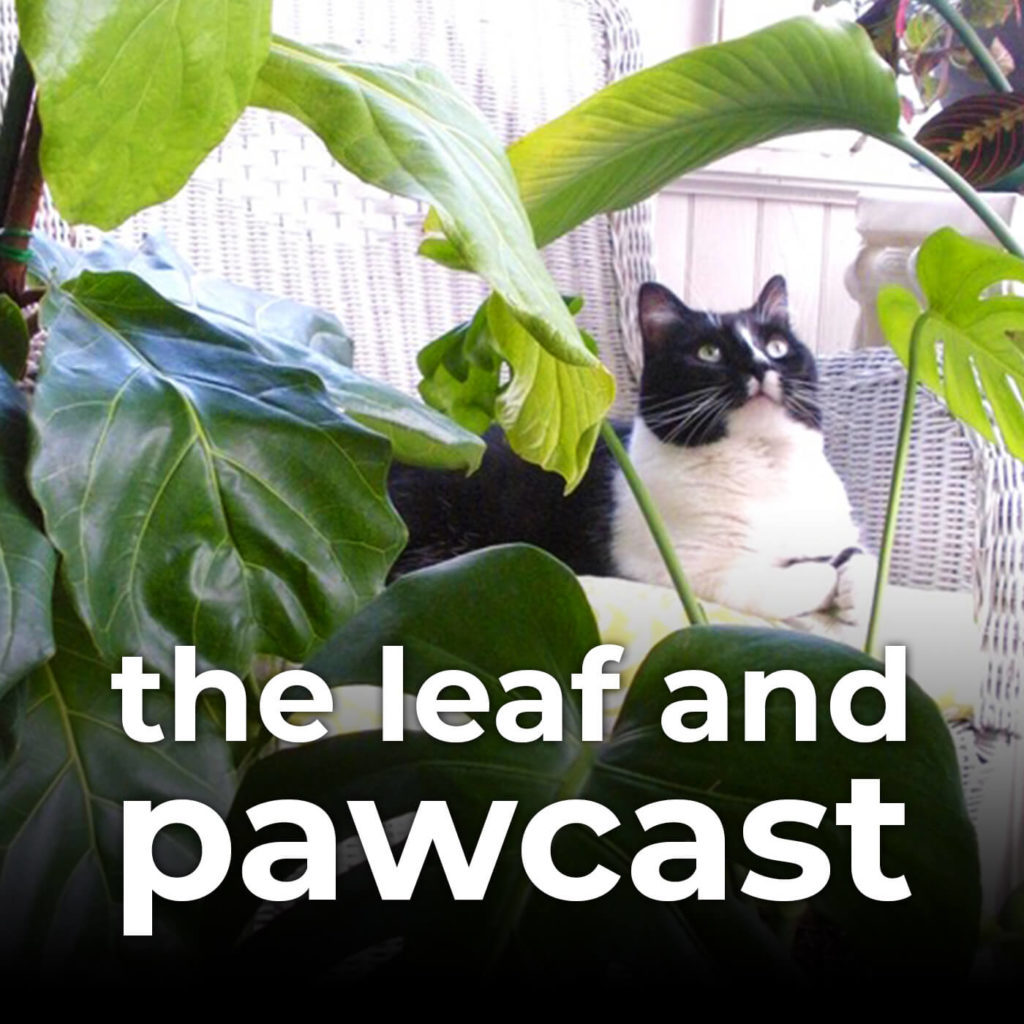
Thank you! Very informative and learned a lot about these pretty leafy plants!
I am a big fan of Pilea involucrata. When I spent some time hiking through the cloud forests outside of Cartago, Costa Rica the forest floor was covered with these.
My pilea spruceana has lost its blue sheen and its leaves are curled in! Do you have any advice? I recently repotted it and have moved it to a brighter spot (NW window), but it hasn’t really changed much
Hi Mardy, mine has done that too and I attribute it to inconsistent watering. They don’t really like to dry out, so keeping them lightly moist at all times and in a humid location is key. I moved mine to my sunny bathroom and she’s finally happy.
Yes, cats are the worst. ? Thank you for this helpful post!
I just bough a Dark Mystery Pilea, a curly lock ivy, and a purple waffle. They were all in the same area. So I figured the care would be about the same. When I looked them up it really didn’t seem to be the case. I read all your information and it was great but could you tell me how to transLang like how much bigger pot at a time, the soil type, etc. one was pederlite and soil. Any help you can give me would help. Thank you.
Could I please ask you to send the answer to my e address and to others at your site incase they have the same question. I happened on this site by accident so will probably never find it again
Hi Donna! You are correct, they do not require quite the same care but basically the Pilea will need the most sun, while the ivy and waffle need a tad less. I would position them so the pilea is blocking sunlight from the other two but they’ll all be ok in a similar vicinity just as long as there’s no harsh direct sun. As far as soil, I would just do a plain potting mix in a 2 to 1 ratio with perlite. And yes! I will send to your email.